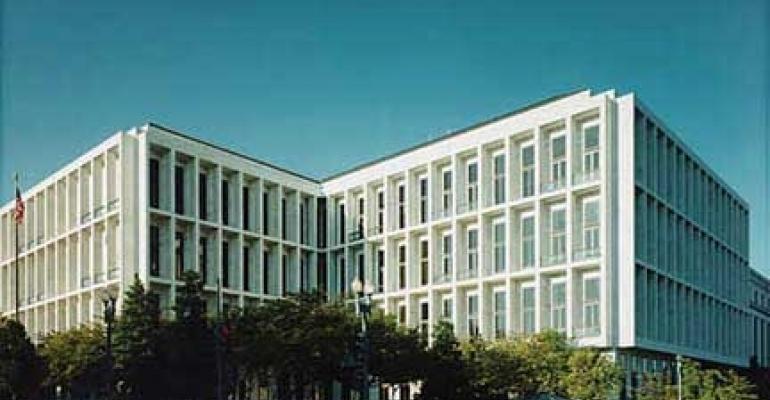Within the past few months, FBI officials have foiled early-stage terrorist plots to detonate explosives at the Sears Tower in Chicago and Manhattan's Holland Tunnel. One overriding fear, however, is that future attacks will employ nuclear, biological and chemical (NBC) agents.
The problem is that most commercial properties are ill-equipped to thwart NBC attacks, which are also excluded from terrorism insurance policies. This exposure has underscored the value of high-tech detection devices that can sniff out NBC substances before they contaminate an entire building.
“There is certainly growing pressure to include NBC threats as part of a standard terrorism risk insurance policy,” says Janice Ochenkowski, managing director at Chicago-based Jones Lang LaSalle. “The Treasury Department will issue a report in September on TRIA [Terrorism Risk Insurance Act of 2002], and one of the required questions deals with NBC threats.”

One of the few insurers that writes conservative biological and chemical coverage is Boston-based Lexington Insurance Co. The AIG subsidiary limits its capacity on individual biological and chemical layers of coverage to just $10 million per policy. Only 12% of all its policyholders with terrorism coverage pay for the biological and chemical layer of the coverage, too.
“Many insurers just feel that NBC is not insurable because it opens up the risk that a property will not be opened for months on end,” says Ed Mazman, vice president of real estate at Lexington. Mazman says that real estate firms with diversified portfolios spread out across the country are the only ones buying this coverage.
“A few months after 9-11, many landlords were spending freely on new security measures and their tenants weren't complaining about shouldering the added cost either,” says David Aggleton, president of security consulting firm Aggleton & Associates.
Unlike bulky explosives, biological and chemical attacks such as the 1995 sarin gas attacks on the Tokyo subway system can be staged quietly by a lone terrorist. “[The Tokyo attack] could have been much worse, but it's difficult to convert sarin into an aerosol form,” says John Dowd, sales engineer at Colorado-based Isonics Corp. His company, which works closely with the Department of Homeland Security, designs high-tech systems that sniff out up to 24 different chemical agents.
Investing in these devices, which cost roughly $150,000 to install, could eventually bode well for owners looking to pare down costly terrorism insurance policies, too.
One cautionary tale: In October 2001, anthrax was detected in the Hart Senate office building on Capitol Hill. After three months and a $14 million clean-up campaign, the building was re-opened. As Mazman notes, few property and casualty insurers are comfortable underwriting the risk of such a long business interruption.
“I would think that as more buildings invest in these detection systems, more insurers might start writing coverage for both biological and chemical attacks,” says Mazman. “But until then I don't think many insurers will start covering this risk.”

